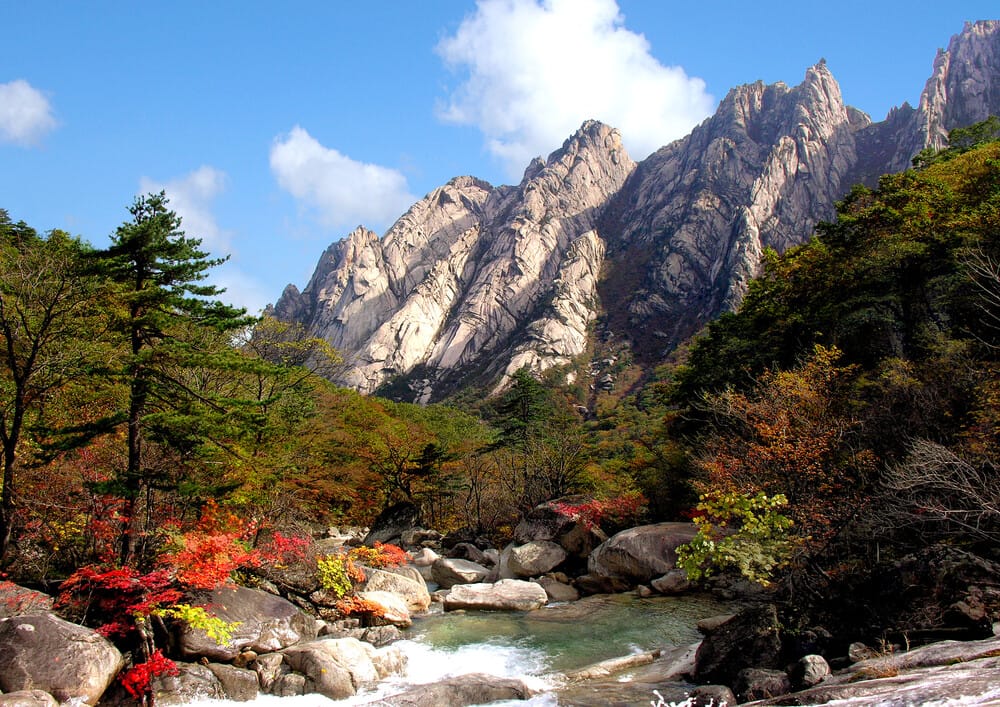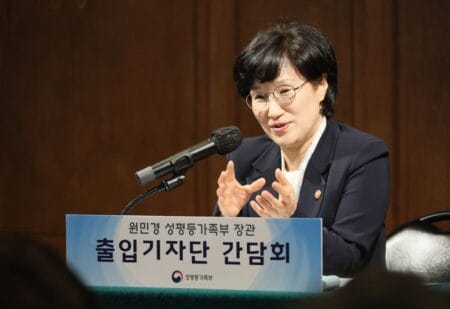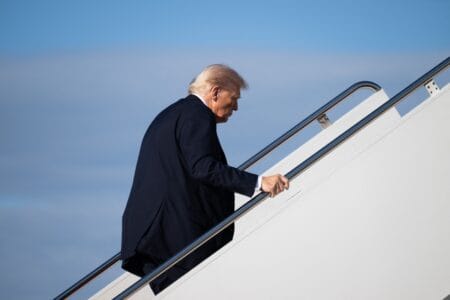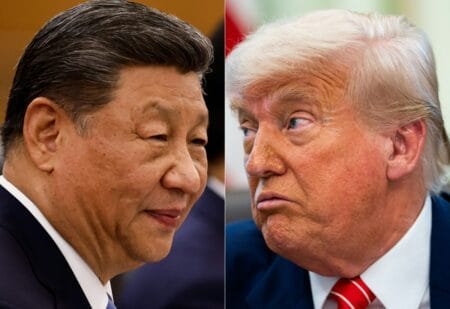July 15, 2025
SEOUL – Hopes for renewed inter-Korean cooperation grew Monday after North Korea’s Kumgangsan was named a UNESCO World Heritage Site in the 47th session of the UNESCO World Heritage Committee in Paris on Sunday.
This marks the North’s third entry on the UNESCO World Heritage Site list, following Historic Monuments and Sites in Kaesong in 2013 and the Complex of Koguryo Tombs inscribed in 2004.
In 2021, North Korea submitted its application to have Kumgangsan recognized by UNESCO as a mixed heritage site, reflecting the rich Buddhist mountain traditions and long-standing practice of mountain worship and pilgrimage spanning centuries. However, the site’s review was delayed due to the COVID-19 pandemic. The evaluation resumed this year.
Located in a granite mountain range whose peaks range from over 1,600 meters above sea level down to the sea, the scenic Kumgangsan, officially listed as “Mount Kumgang ― Diamond Mountain from the Sea,” is known for its striking white granite peaks, deep valleys, waterfalls and pristine ecosystem.
The mountain range stretches from North Korea’s Kumgang County, North Goseong County and Tongchon County to parts of South Goseong County ― specifically Hyeonnae-myeon and Sudong-myeon ― as well as parts of Inje County in South Korea’s Gangwon Province.
Spanning 40 kilometers in width and 60 kilometers in length, the mountain range covers about 530 square kilometers in total, with roughly 10 square kilometers extending into South Korea, a Gangwon Province official told The Korea Herald.
Kumgangsan as seen from the Goseong Unification Observatory. PHOTO: GANGWON PROVINCE/THE KOREA HERALD
Following the announcement, the Jogye Order of Korean Buddhism, the largest Buddhist sect here, hinted at possible inter-Korean cooperation.
“Kumgangsan is a key site of Korean Buddhism. During the Goryeo Kingdom (918-1392), many pilgrims visited the site to honor the Bodhisattva, often placing small statues on the mountain’s cliffs. During the Imjin War (Japan’s 1592-1598 invasion of Korea), it was also a rallying point where Buddhist warrior monks, led by Samyeong Daesa, defended the nation,” the Jogye Order said in a statement Sunday.
“Today, the mountain is home to many historic temples that preserve Korea’s Buddhist heritage. We see it as our duty to share Kumgangsan’s cultural significance with the world and protect its remaining Buddhist legacy, and remain fully committed to this goal,” the statement further read, suggesting renewed cooperation to preserving shared Korean Buddhist heritage.
The Jogye Order and the North’s Central Committee of the Buddhist Federation of Korea previously cooperated to restore the temple Shingyesa at Kumgangsan, after it had been destroyed during the 1950-53 Korea War. Restoration work began in 2004 and its completion in 2007 was marked by a Buddhist service attended by monks from both sides.
A senior official of the Korea Heritage Service remained cautious about potential cooperation between Seoul and Pyongyang, calling it a “politically sensitive issue.”
“Cooperation between the two Koreas largely depends on the political leadership. Ties have been stalled (under the former conservative Yoon Suk Yeol administration). We will see how things will progress under (the liberal Lee Jae Myung administration),” the official told The Korea Herald, declining to comment further.
Earlier this month, President Lee Jae Myung, speaking at a press conference, pledged to improve relations with North Korea based on South Korea-US joint efforts and cooperation.







